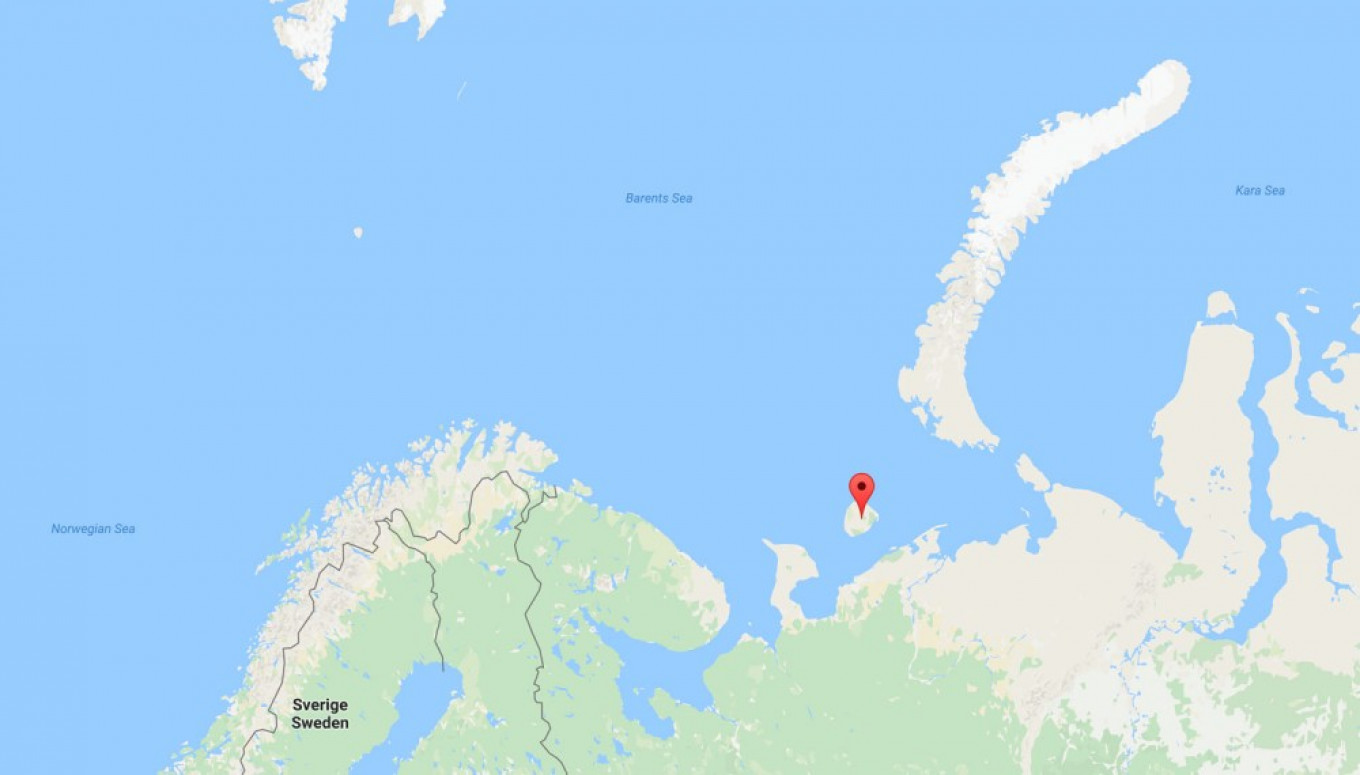Regional authorities in Russia’s Arctic have introduced stricter environmental regimes on Kolguev Island to protect the island’s bird and wildlife species.
The small island located in the southeastern Barents Sea, north of the Nenets coast, is considered a crucial area for migrating birds. It is also inhabited by several endangered species.
The Kolguevsky Nature Reserve was established in order to preserve and support biodiversity in the Barents Sea and the Arctic, regional authorities in the Nenets autonomous district said.
 Kolguyev is located in the southeastern part of the B The Barents Observer
Kolguyev is located in the southeastern part of the B The Barents ObserverThe nature reserve only covers parts of the island and the protection regime allows for continued traditional industries such as reindeer herding and fishing. Its establishment was initiated by regional authorities and coordinated with the federal Natural Resources and Environment Ministry, the regional government said.
The 3,500-square-kilometer island is inhabited mainly by indigenous Nenets people. The population totals about 400, of which about 250 are believed to work in the local oil industry.
In 2013, the island was hit by a major tragedy when the whole population of reindeer was extinguished following massive overpopulation. In 2012, the number of animals on Kolguyev was estimated to more than 12,000. Then, the herds completely collapsed. In 2016, there were reportedly only 153 animals left on the island.
Oil production on the Kolguyev is operated by the Arctic Oil Company Ltd. (ANK). The company owns the license to the Peschanoozerskoe, the oil field located on the southeastern end of the island and that holds about 16 million barrels of recoverable reserves. Daily production amounts to 340 barrels a day. In 2016, the company was acquired by Urals Energy.
